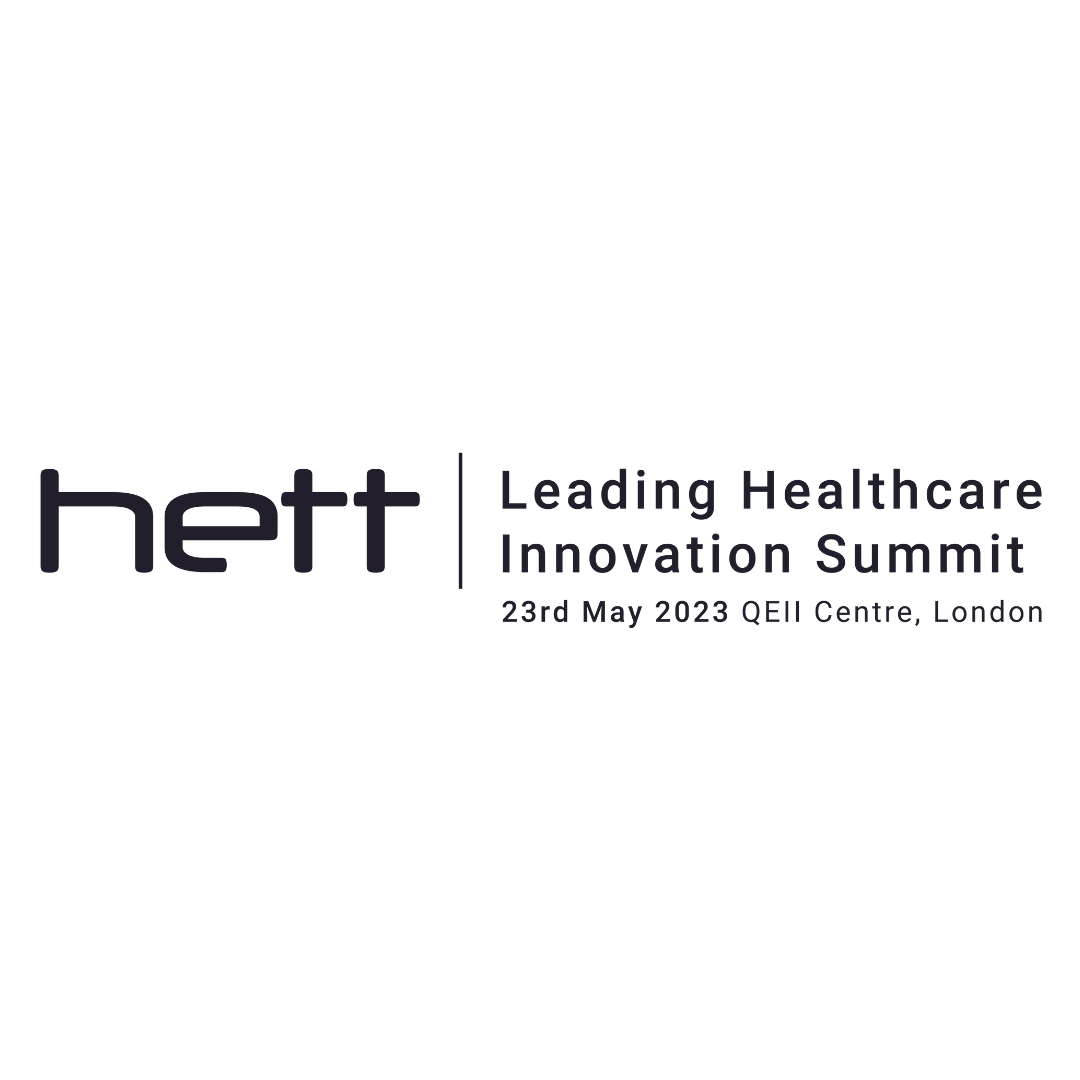Last week, four of HETT’s esteemed speakers took to LinkedIn Live to discuss a key topic in the NHS; ‘The Four Pillars to Healthcare Digital Transformation’. The panel was joined by:
- Sam Shah, Chair, HETT Steering Committee
- Tremaine Richard-Noel, Head of Emerging Technology, Northampton General Hospital
- Tristi Tanaka, Head of CMO Office, NHS Black Country ICB
- Videha Sharma, National Medical Director's Fellow, NHS Transformation Directorate and Lecturer in Health Informatics, University of Manchester
Key takeaways from the discussion
Digital productivity
- On the ground there is a real drive to use technology for the recovery effort, however there is less desire to make what we do better, but more focus on transforming the whole thing.
- There has been a recent shift towards people feeling more confident about using technology to facilitate change, however the challenge is that everyone has different toolsets and capacity.
- Emerging technology is not yet universal across ICBs, a lot of it depends on where the system is in its readiness to have those kinds of relationships to talk about emerging tech.
The workforce challenge
- There's a big challenge of regularly changing work, which has reduced the level of team spirit and sense of working towards a unified goal.
- Tech could be used to make work in the NHS more attractive - particularly around the admin burden through automating processes. However, this needs to come from the ground up with clinicians being empowered to drive this change.
Interoperability
- Is about data and whether individual clinicians have the right pieces of information to do their job at certain points in the journey. It’s key to focus on what problems there are on the ground and then what technology we need to solve the problem.
- Another challenge is supporting people on the ground as we get more of these solutions and assess how to implement them in a way that's safe and effective.
Patient Facing Technology
- There is a gap between the tools produced in the commercial space and those produced in the academic space. Commercial tools generally have a good uptake by patients and are more widely used, however there tends to be less opportunity for these to be evaluated in as much detail as the academic tools. Whereas, in the academic space, the tools are tested rigorously, but are often not adopted by patients in reality.
Watch the speakers discuss other critical healthcare digital transformation topics at the upcoming Leading Healthcare Innovation Summit
Catch all 4 panelists along with over 60 further expert speakers in digital health at this year’s Leading Healthcare Innovation Summit on 23rd May at QEII Centre, London. The Summit is designed for senior digital leaders from across the health and social care ecosystem as it looks to address the most pressing issues facing the sector.
Be part of the conversation, apply for your free pass today.
.
%20(1).png?width=500&height=58&name=HETT%20insights%20logo%20RGB-04%20(1)%20(1).png)


